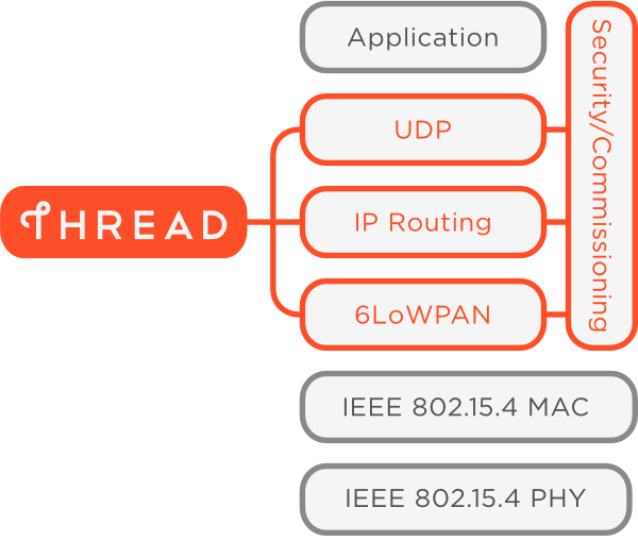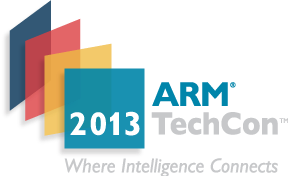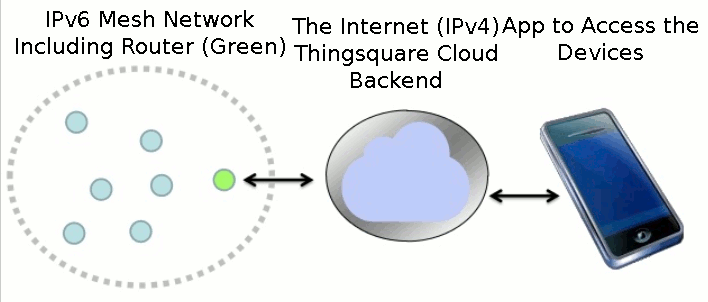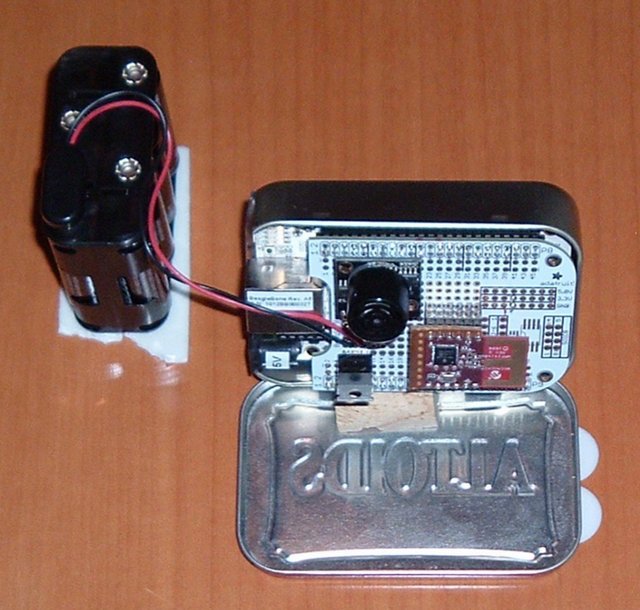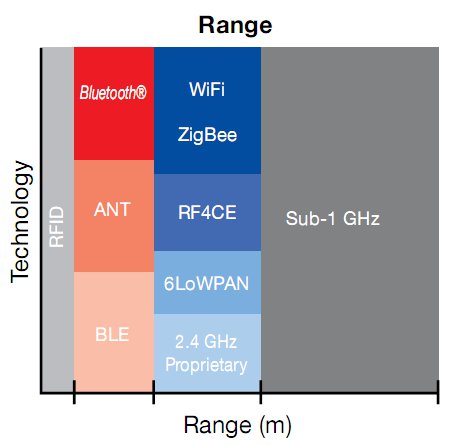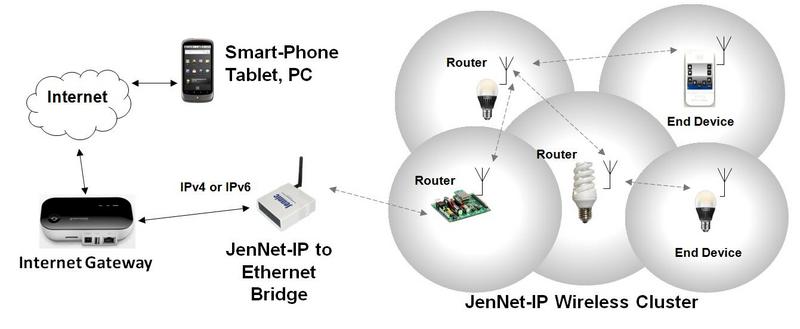Wi-Fi is a neat way to connect devices to Internet, but it has two main inconveniences: relatively high cost and power consumption. Luckily there are standards that addresses the cost and power consumption issues. Radio chips based on IEEE 802.15.4, a standard which specifies the physical layer and media access control for low-rate wireless personal area networks, are common place and found in many existing devices relying on higher level wireless protocols such as ZigBee, ISA100.11a, WirelessHART, and MiWi. AFAIK, Zigbee is the most popular of the aforementioned protocols, but is hindered by the requirements of the license for commercial products (annual fee), Zigbee membership requirements conflict with many open source license such as GPL, and the standard suffers from lack of interoperability and IPv6 support, and power requirements that are too high for some applications. So a consortium of seven companies namely ARM, Big Ass Fans, Freescale, Nest, Samsung, […]
ARM TechCon 2013 Schedule – ARM Servers, Internet of Things, Multicore, Hardware and Software Optimization and More
ARM Technology Conference (TechCon) 2013 will take place on October 29 – 31, 2013, in Santa Clara, and the detailed schedule for the event has just been made available. In the previous years, the conference was divided into Chip Designs day (1 day), and the other 2 days were reserved for Software & System Design, but this year it does not appear to be the case. Whether you’ll be able to attend the event or not, it’s worth having a look at what will be discussed there in order to have a better understanding of what will be the key ARM developments in the near future in terms of hardware and software. There will be around 90 sessions categorized into 15 tracks: Accelerating Hardware Development – This track explores the resources, tools, and techniques that designers can employ to quickly bring hardware to market. Topics include multicore design, ARM IP, […]
Thingsquare Mist – Open Source Firmware for The Internet of Things
Thingsquare recently released the source code for the Thingsquare Mist firmware, an ultra lightweight router software (<4 kB memory) for the Internet of Things based on open Internet standards such as IPv6, RPL (Routing Protocol for Lossy networks), and 6lowpan. Thingsquare Mist allows to connect battery-powered wireless micro-controllers to the Internet, and is currently used in applications such as smart light bulbs, connected home appliances, and connected cities. The IPv6 mesh network is composted of nodes with a low power radio that communicate with the Mist router (Green), which in turn connect to the Internet and Thingsquare Cloud backend (Thingsquare Haven) to store the data, and/or receive control commands via Ethernet or Wi-Fi. The end users can then use an App to monitor, and/or control the devices remotely. Thingsquare Mist uses IETF RPL IPv6 mesh routing protocol (pronounced “ripple”) for IPv6 nodes communications. Thingsquare Mist runs on several low-power wireless […]
Wireless Networking with IEEE 802.15.4 and 6LoWPAN – ELCE 2012
Alan Ott, founder of Signal 11 Software, gives a presentation dealing with wireless networking for the internet of things in Linux, especially with 802.15.4 and 6LoWPAN standards at the Embedded Linux Conference in Barcelona, Spain on November 5, 2012. Abstract: With the rise of the internet of things, low-power wireless devices will become increasingly prevalent. IEEE 802.15.4 is a wireless networking protocol designed for low-power and low-data-rate devices, such as those used in wireless sensor networks. While some higher layer protocols based on 802.15.4 are proprietary, an open standard called 6LoWPAN enables IPv6 traffic over 802.15.4. This presentation will give overviews of 802.15.4, its status in the Linux kernel, hardware support, comparison with other wireless protocols, and a demonstration of a simple 802.15.4/6loWPAN network. This presentation is targeted toward developers who wish to create low-power, low-data-rate wireless networks for sensors or other applications. Attendees can expect to gain a basic […]
BiKN Technology Platform: 802.15.4 Wireless Sensor Network
NXP and Treehouse Labs has unveiled BiKN technology platform that uses low-power 802.15.4 wireless chip technology from NXP Semiconductors to enable the “Internet of Things” and opens new markets and applications for affordable wireless sensor and control networks. This technology allows to track “Smart Objects” tagged by wireless sensors and monitor (and possibly control) them via an application running on mobile devices, PC or Cloud servers. BiKN Technology Platform can be used in a range of applications including home and industrial automation, smart energy management, improving tracking and monitoring of equipment and inventory in retailing and hospitality, enhancing safety monitoring and security in healthcare, social services, athletics and educational environments. BiKN Technology Platform works by integrating hardware and software, operating through mobile and web-enabled devices, and leveraging IEEE802.15.4 low-power networking standards. Treehouse Labs uses the NXP JN5148 ultra low-power wireless microcontroller and the JenNet-IP open source wireless network protocol stack […]
List of Wireless Standards for Local and Personal Area Networks
While designing your embedded system, you may have to choose between different wireless standards to match your needs. I’ll provide a list a short and mid-range wireless standards, their description and links to open source software stacks (when available) to help you better understand the different options available. Wide Area Network wireless network such as LTE, Wimax, etc.. won’t be discussed in this blog entry. Mesh and IP Networks: Wifi (IEEE 802.11): Wifi is probably the most used wireless standard in consumer electronics devices today as it allows users to connect their device to their LAN wirelessly. An access point has a typical range of about 20 meters indoors and up to 100m outdoors. There are 4 standards 802.11a 802.11b, 802.11g and 802.11n. The latest has a theoretical throughput of 300 Mbps. Check out Wikipedia Wifi page for details. The Wi-Fi stack is part of the Linux kernel but you […]
NXP to release “Internet of Things” source code
Up to now, mainly people were using the Internet, but now things connect to the internet without human beings intervention for data collection (sensors) in order to improve the efficiency of different systems, this is what is called the “Internet of Things”. Watch IBM introduction to the Internet of things if you are not familiar with the concept. NXP recently announced the JenNet-IP software will be available under an open-source licence in Q4 2011. JenNet-IP is an ultra-low-power, IEEE 802.15.4-based wireless connectivity network layer software stack. Key features of the JenNet-IP networking software include: Highly robust, easily scalable, self-healing tree network proven at over 500 nodes Proven in a variety of residential and industrial applications, including asset management, lighting, solar and building control IP-based networking to enable the Internet of Things Gateway or non-gateway options for connection to the Internet or stand-alone operation Easy-to-use, elegant and extensible SNAP object-oriented API […]


